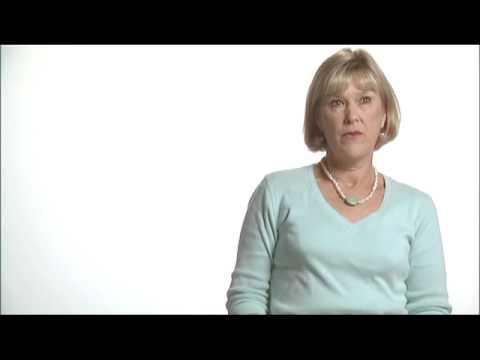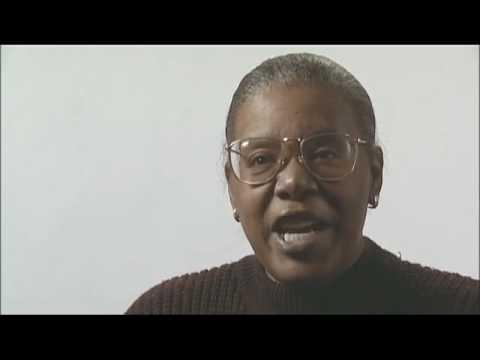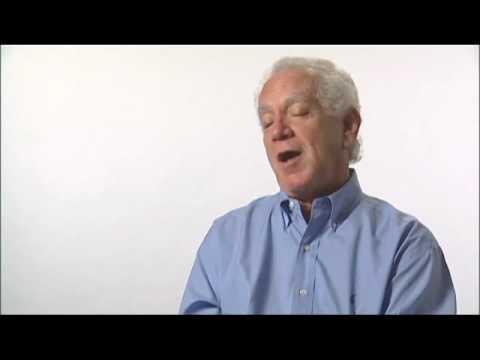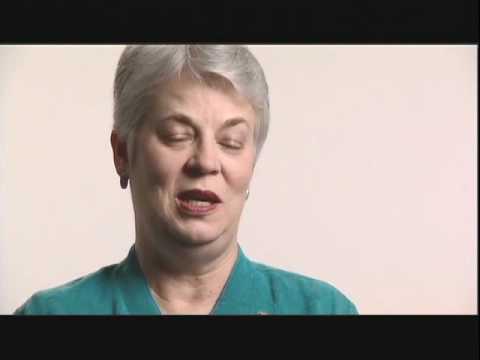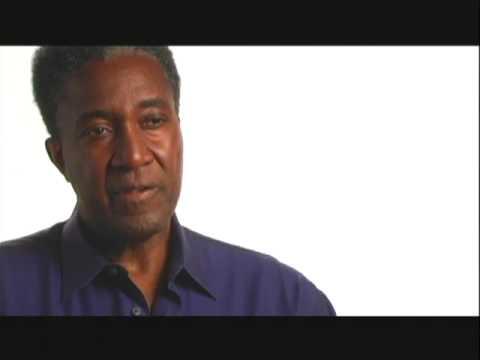Mary S.
I gained a lot of weight. That was the most physical change that I realized. I used to weigh only 145 pounds. I’m up to 200 now. Even though I exercise, and do a lot of walking, I still keep gaining weight. I’ve finally leveled off now. I think it’s a side effect from the Tamoxifen that I took for five years.
All I was told was there would be some side effects, but they didn’t say it could be weight or anything. They figured it might affect my skin. It did to some degree, but it’s not that bad. It’s a lot more sensitive than it used to be. I can’t handle Clorox and strong detergents. I’ve switched to non-chemical soaps. It was probably due to chemotherapy. I didn’t go through radiation.
There was a lot of emotion. My mother-in-law had cancer. I had gone through that process of seeing what a cancer patient was going through. There were a lot of things that went through my mind. There was a lot of anger. There was a lot of anxiety. I kept saying, “Why her?” Usually I’m a very strong person, and I don’t get emotional very easily. She and I were so close that it really had an impact on me. So when I ended up with cancer, I had a lot of anger. I said the same thing too. “Why me?” I don’t get sick. I don’t go to the clinic. I’m very active. How come it’s me? I think I eat the kinds of food that I should be eating. I don’t eat junk food, like hamburgers and potato chips. Then I kept saying, “Why me? How did I end up getting it?” There was no history of cancer in my side of the family. But I had a lot of that kind of emotional stuff that I went through. I had some good support. I got over the emotional part of it pretty fast because I had other women that have had breast cancer and have survived. They gave me a lot of hope from just talking to them. That’s where I started moving forward from.
I used to run the tribal doctor program. At that time, I wasn’t working because we had just retired. My husband had been in the military 32 years, and we had moved back to Kotzebue from Anchorage. It wasn’t until a year after I had cancer that I went back to work for Maniilaq, and that’s when I ran the tribal doctor program. I had my X-rays here, and they did the mammogram and the sonogram. They said, “It’s probably just fatty tissue.” They told me to go ahead and go on to Anchorage and not disrupt my trip. So I went there, and I didn’t even have the opportunity to see the tribal doctors.
The tribal doctors usually do a lot of massaging and blood-letting. If a tribal doctor finds an unusual lump in a person when they’re working on them, usually they will refer them to the medical doctor, and they go from there. They don’t try to diagnose it. Automatically, they’ll refer them to the hospital to see the doctor.
The only time that they might get involved is after the patient comes home after treatment, depending on what type of cancer it is. If it has anything to do with muscles or blood, making sure there’s no blood clots and stuff like that. Then they may go and see the tribal doctor. They don’t usually go back to see the tribal doctors at all.
To me, Livestrong™ means hope. As long as my body feels healthy, and I feel comfortable and don’t have any aches and pains, I know that I don’t have the recurrence. I look at it from that standpoint and go on, because there is hope. There’s always hope at the end.
My name is Mary Schaeffer, and I’m an eight-year breast cancer survivor.
